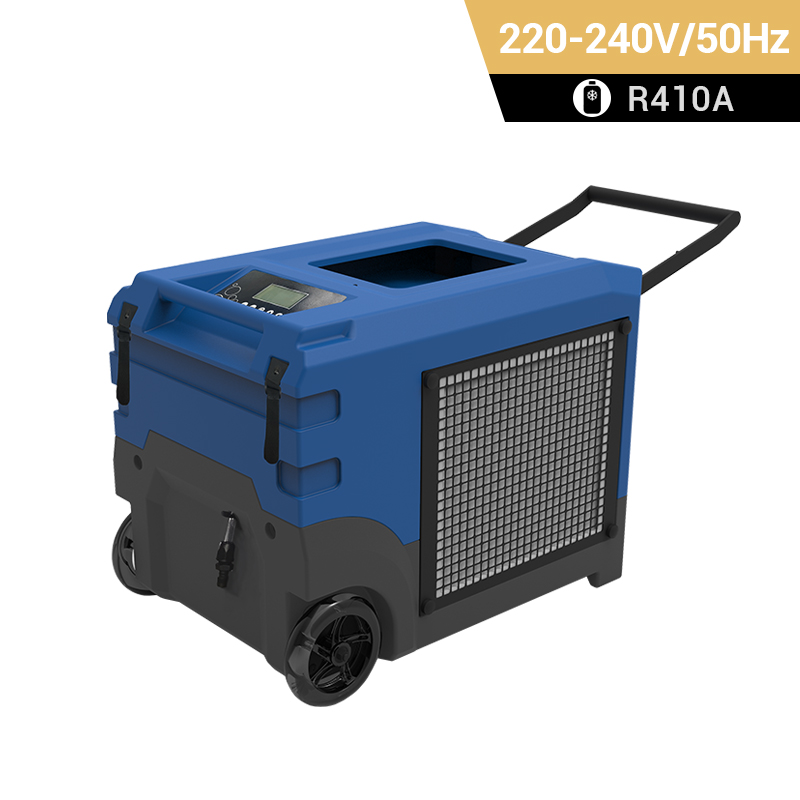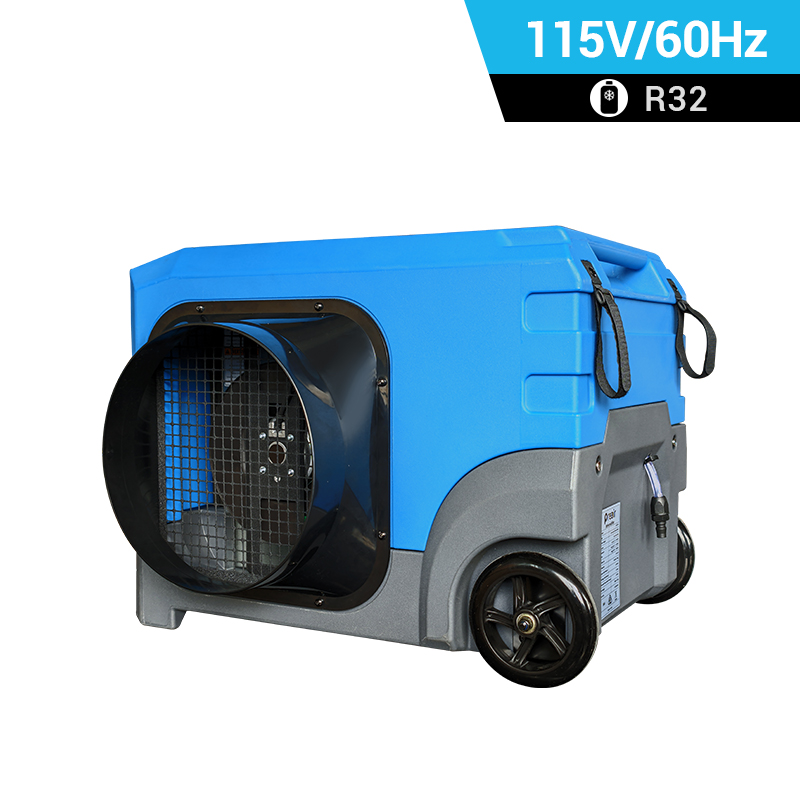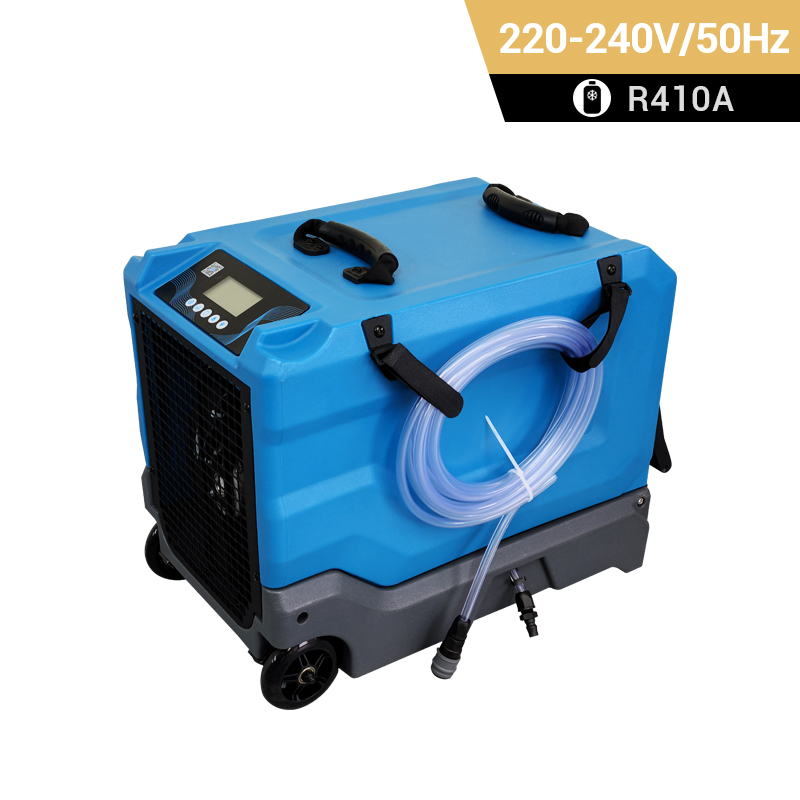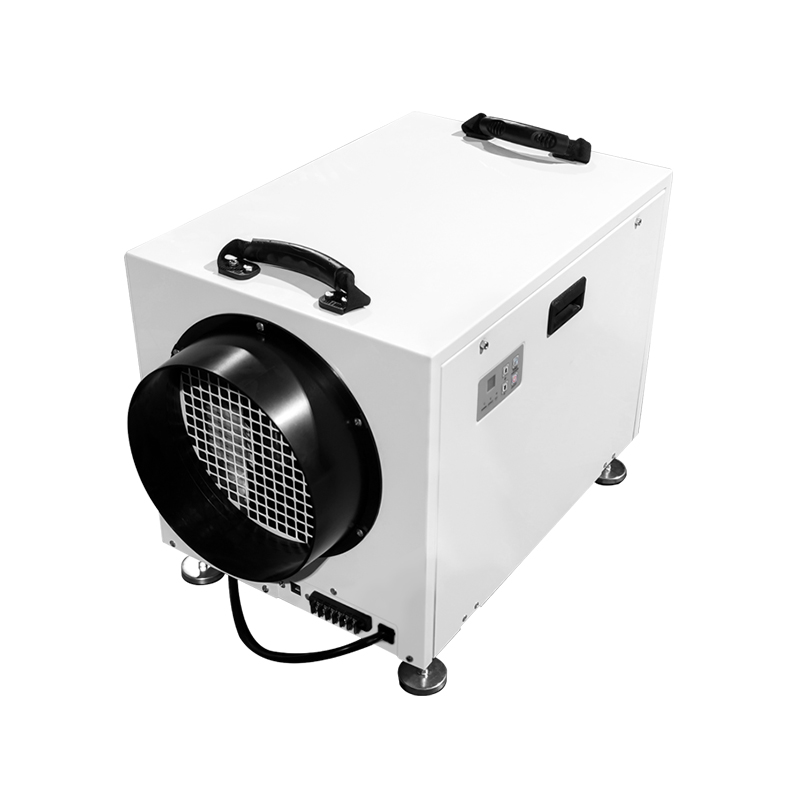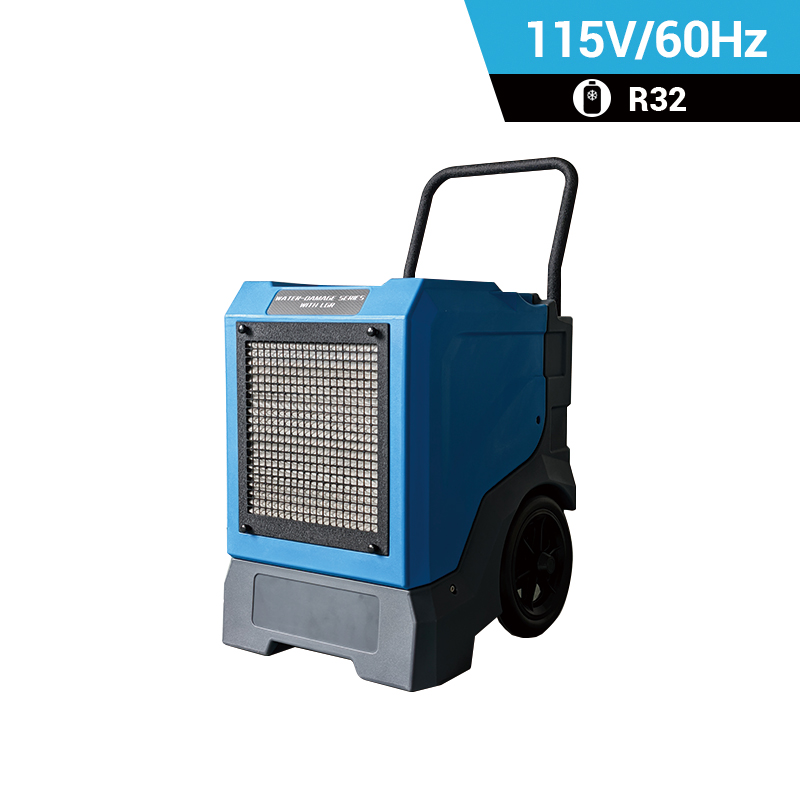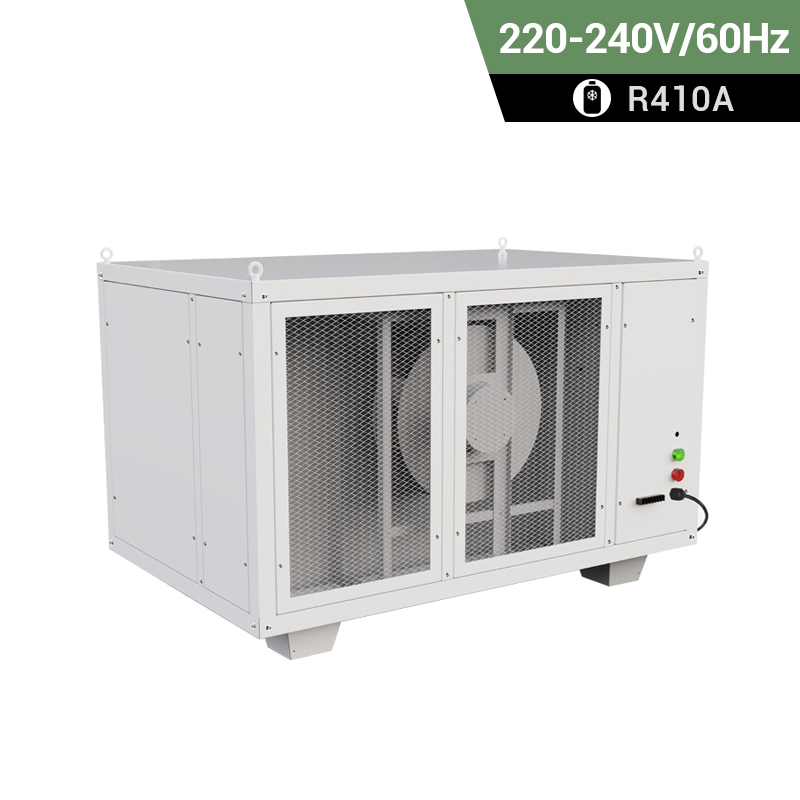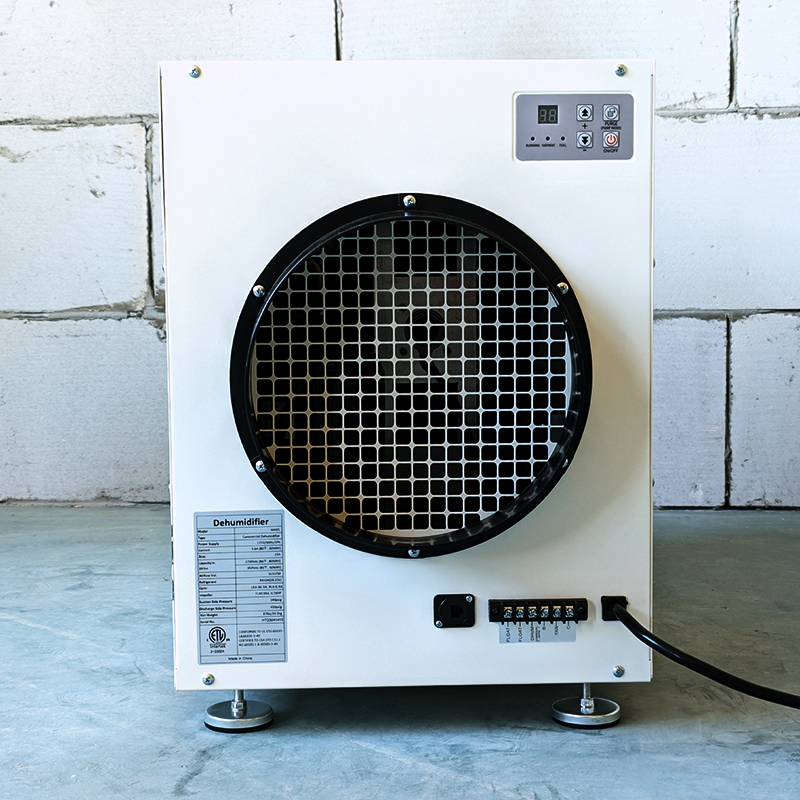 +86-13376814803
+86-13376814803  robert@hzhongtai.com
robert@hzhongtai.com
Heavy Duty Basement Dehumidifier
Here are some features and considerations to look for in a heavy-duty basement dehumidifier:
-
Capacity: Choose a dehumidifier with a high capacity, typically measured in pints of moisture removed per day. For larger basements, you might need a unit with a capacity of 70 pints or more.
-
Coverage Area: Ensure that the dehumidifier is suitable for the size of your basement. Manufacturers often specify the maximum square footage that a particular model can effectively dehumidify.
-
Built-In Pump: Some heavy duty commercial dehumidifiers come with a built-in pump that can automatically remove collected water from the unit. This feature is useful if you need to drain the water to a sink or another location.
-
Continuous Drainage Option: Look for a high quality basement dehumidifier that allows for continuous drainage. This feature enables you to connect a hose to the unit for automatic water removal, eliminating the need to empty a water reservoir manually.
-
Humidity Control Settings: Choose a dehumidifier with adjustable humidity control settings. This allows you to set a specific humidity level, and the unit will operate until that level is reached.
-
Defrost Function: In colder climates, a defrost function helps prevent the coils from freezing when the heavy duty dehumidifier for basement is operating in lower temperatures.
-
Air Filtration: Some models come with air filtration features, including washable filters or the ability to use additional air purifier filters. This can help improve air quality in the basement.
-
Portability and Wheels: Consider the portability of the unit, especially if you may need to move it around the basement. Wheels make it easier to reposition the dehumidifier as needed.
-
Auto-Restart Feature: In case of a power outage, an auto-restart feature ensures that the dehumidifier resumes operation with the previous settings once power is restored.
-
Energy Efficiency: Look for an Energy Star-rated dehumidifier to ensure energy-efficient operation and lower utility costs.
Related Products




